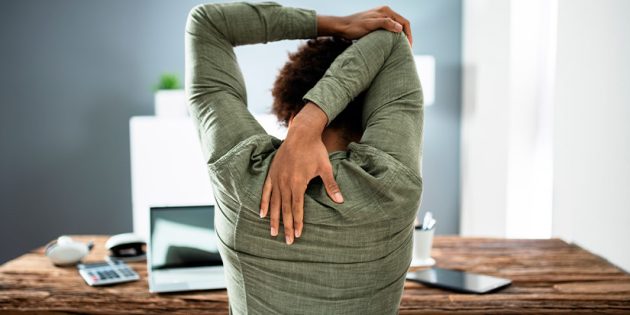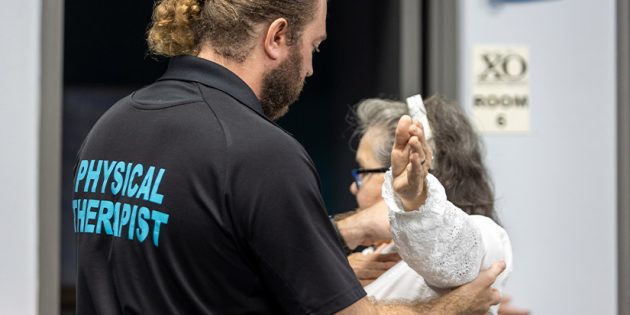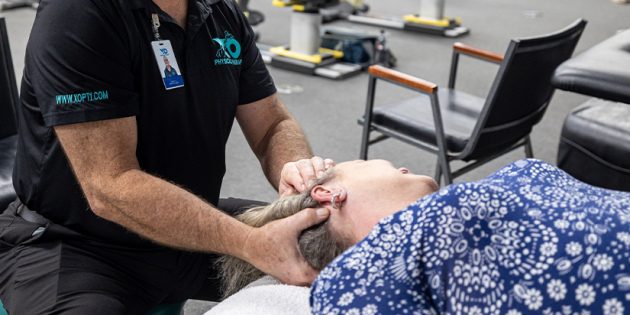What to Wear to Physical Therapy: A Guide to Comfortable and Functional Outfits
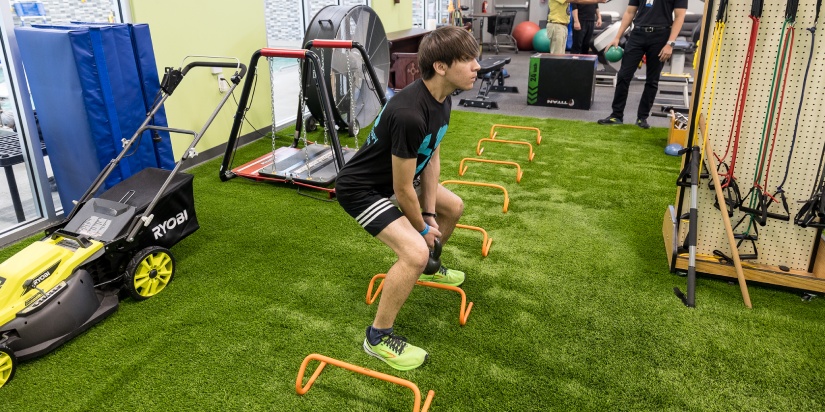
When it comes to physical therapy, the clothes you wear can significantly impact the effectiveness of your treatment. Choosing the right outfit is not about looking good; it’s about ensuring comfort and mobility and facilitating your therapist’s ability to assess and treat your condition correctly.

What to Wear for Physical Therapy?
You must wear comfortable, loose-fitting clothing that allows for a full range of motion during exercises and stretches during therapy. It also enables your therapist to access and examine the affected area easily. The key to what to wear to a PT appointment session is to wear something comfortable and practical.
Feeling at ease in your clothes will improve your physical and emotional comfort during the PT session. Communicating openly with your therapist about your clothing preferences or concerns is important. The therapist can explain why specific clothing will help the treatment sessions, and you can feel confident that what you wear will support the therapy for faster healing.
General Guidelines for Physical Therapy Attire
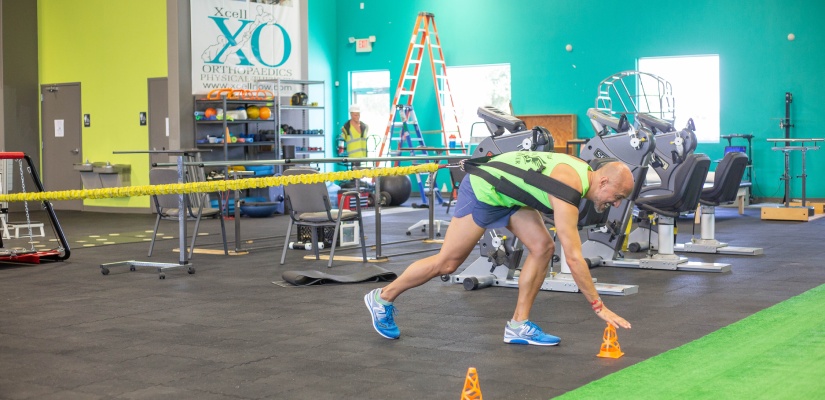
- Comfort and Effective Treatment: When preparing for your physical therapy session, choosing the proper attire is crucial for comfort and effectiveness. The key is to wear loose-fitting, breathable clothing that allows for a full range of motion. The most important thing to consider is comfort. Physical therapy involves exercises that require flexibility, stretching, and a range of motion.
- Layers: Dressing in layers is also recommended, allowing you to adjust to temperature changes during your session. Layers are practical if you get warm or feel chilly during physical therapy. Consider wearing a T-shirt or tank top with a light jacket or sweatshirt that can be easily removed.
- Non-restrictive clothing: It’s equally important to avoid restrictive clothing that can hinder movement or make it difficult for your therapist to assess your condition. Steer clear of tight jeans, heavy sweaters, and skirts. Stretchy, breathable athletic clothing is advisable, and stiff, restrictive fabrics should be avoided.
Specific Clothing Recommendations for Different Treatments
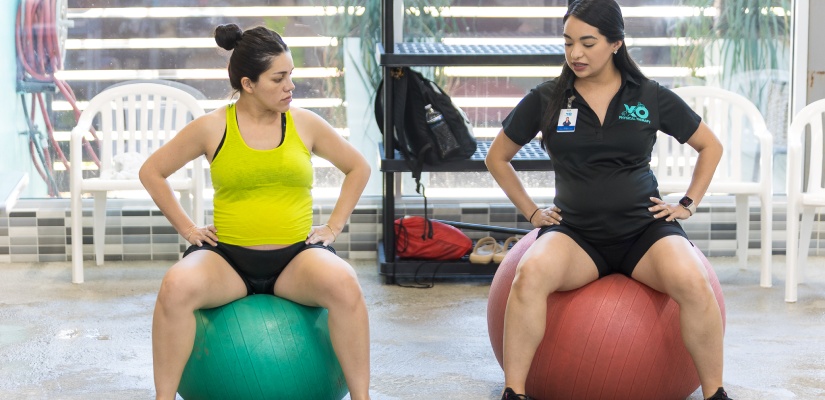
Particular treatments may require clothing that allows the therapist to access an area for optimal care. Let’s explore recommendations for various treatment areas:
What to Wear to Physical Therapy for Back?
Wear loose T-shirts and sports bras to allow easy access to the spine and back muscles. The best option is a T-shirt, sports bra, and shorts or pants with an elastic waistband. This combination provides your therapist with the necessary flexibility and access.
What to Wear to Physical Therapy for Hip?
When addressing hip issues, opt for elastic shorts or pants that allow free movement and easy access to the hip area. Your therapist should be able to move and see your spine and both hips.
What to Wear to Physical Therapy for Lower Back?
For lower back therapy, choose clothing that can be easily adjusted for lower spine examination. Loose-fitting pants or shorts with an elastic waistband are ideal, as they can be slightly lowered for treatment.
What to Wear to Physical Therapy for Knee?
When addressing knee issues, wear shorts or loose pants that allow complete visibility and movement of the knees. Shorts allow the therapist to observe and manipulate your knee freely during exercises and assessments.
Footwear and Hair Considerations
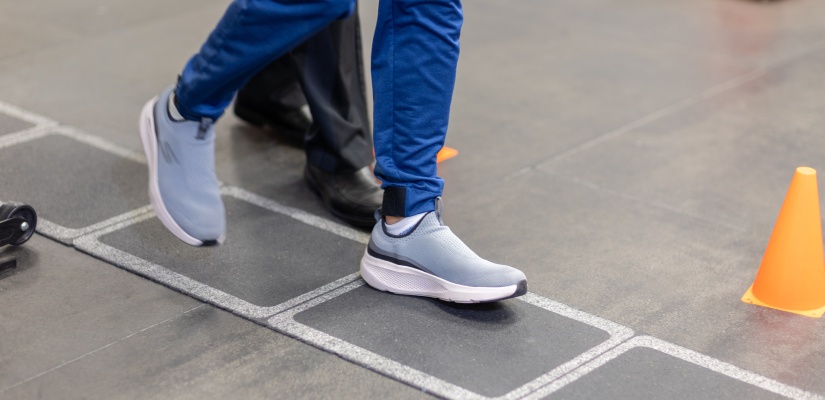
When preparing for your physical therapy session, you must consider your footwear and hair management, as they can assist with your comfort, safety, and treatment effectiveness.
Proper Footwear for Physical Therapy
Choosing the right shoes is essential for your physical therapy sessions. Sneakers, flat shoes, or athletic shoes are best. These shoes provide the necessary support and stability for various exercises and movements during therapy.
Avoid open-toe shoes, heels, boots, and sandals, as these can compromise your balance and safety during therapy exercises.
Hair Management and Hygiene
Proper management is essential for people with long hair to prevent obstruction during therapy. Secure it with a hair tie. This simple step ensures that your hair doesn’t interfere with your movements or your therapist’s ability to assess and treat you effectively.
Don’t forget about socks! Wearing clean, comfortable socks can contribute to hygiene and comfort during your session, especially if you need to remove your shoes for specific exercises.
At XO Physical Therapy in RGV, we prioritize your comfort and the effectiveness of your treatment. Our experienced therapists are ready to guide you through your recovery journey, ensuring you have the proper attire, footwear, and preparation for each session. Contact us to help you on your road to recovery and a pain-free life.


